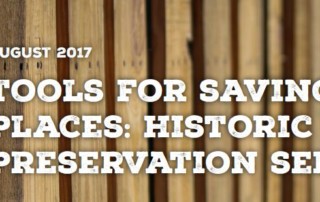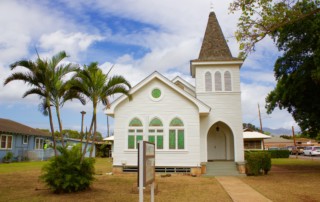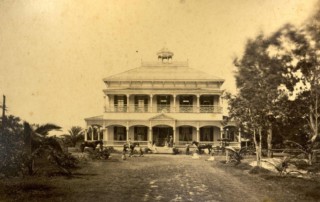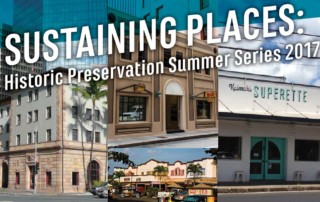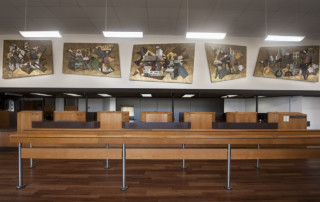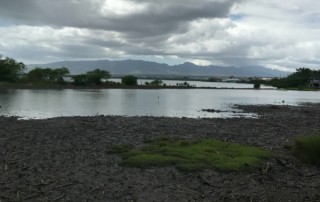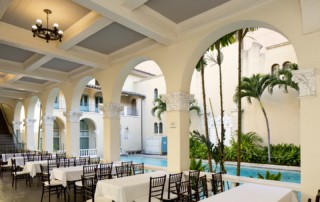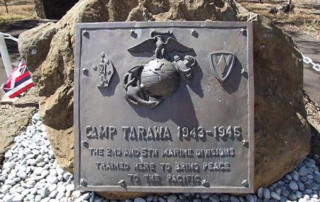Tools for Saving Places: Historic Preservation Seminars this August on Kauai, Maui, Hawaii Island & Oahu
Join Historic Hawai‘i Foundation and National Park Service for a free seminar that will provide training on the tools and techniques available for community members to save historic places. The full day seminars will help the public identify opportunities and rights to participate in historic preservation regulatory processes and share other means and tools for effective advocacy to save and preserve historic properties and cultural sites. Presentation Download Download the full slide deck here. See additional materials for download below. Download Download Reference Materials Historic Hawai‘i Foundation and the National Park Service presented a seminar in August 2017 on “Tools for Saving Places.” Reference documents and additional resources from the seminar may be downloaded here. Download ATTENDEES WILL LEARN: Definitions and purpose of historic preservation. Definitions and criteria used to identify historic properties. Which major Federal, State and Local laws and ordinances address historic preservation. Opportunities, rights and responsibilities for public participation in the preservation processes. Additional methods, activities and practices to achieve preservation outcomes. Presenters: Kiersten Faulkner, Executive Director, Historic Hawaii Foundation; guest presenters, Elaine Jackson-Retondo, National Park Service and Stanton Enomoto, Department of the Interior. Dr. Elaine Jackson-Retondo, Pacific West History Program Manager in the National Park Service Pacific West Regional Office, earned her Doctorate in Architectural History and Masters of Architecture from the University of California, Berkeley and her Bachelor of Architecture from the University of Notre Dame in South Bend, Indiana. She has worked in the National Park Service since 2002. Jackson-Retondo’s current and past work has included the National Park Service’s American Latino Heritage Initiative, Asian American Pacific Islander Initiative, Japanese American confinement during [...]


